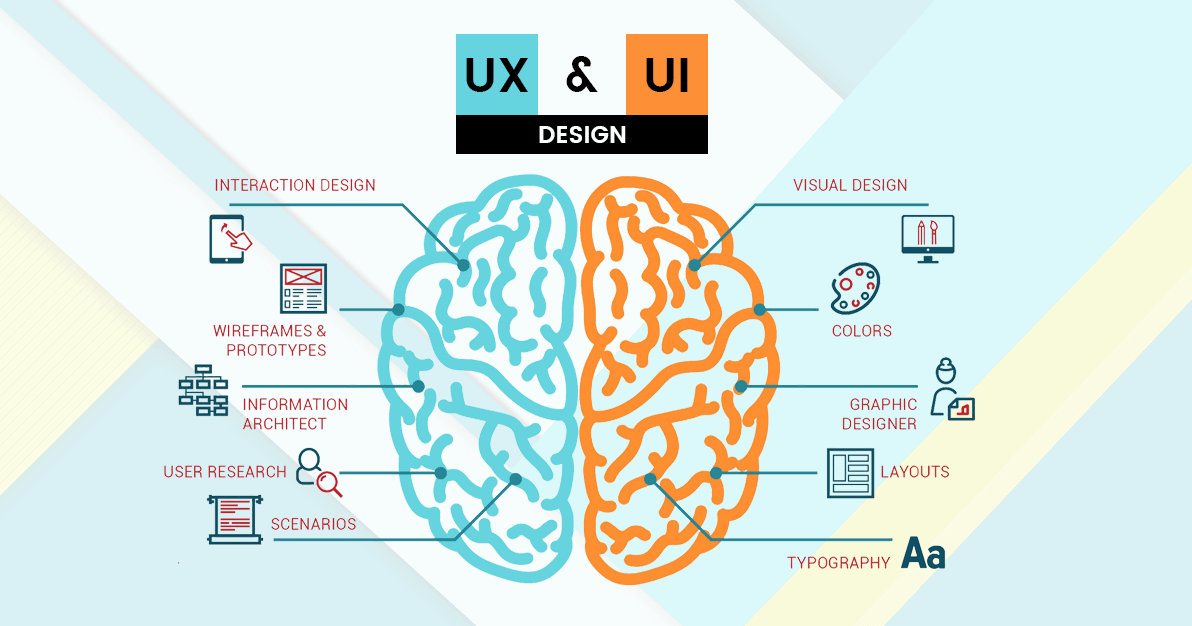
In the digital age, user interface (UI) and user experience (UX) design are pivotal in shaping how people interact with websites, apps, and digital products. Let's delve into the world of UI/UX design and understand how it influences our online encounters.
UI design focuses on the aesthetics and layout of digital interfaces. It's all about creating visually appealing and user-friendly designs that captivate users. Key components of UI design include:
Layout and Visual Elements: UI designers arrange elements such as buttons, menus, and content to create an intuitive and visually pleasing interface.
Color and Typography: Carefully chosen color palettes and typography enhance the overall look and feel of the interface. Color psychology and font selection play vital roles in conveying information and evoking emotions.
Consistency: Maintaining visual consistency across the interface ensures a seamless user experience. Consistent design elements like buttons and navigation menus build familiarity.
Feedback and Responsiveness: UI design incorporates feedback mechanisms to inform users about their interactions. Buttons that change color on hover or progress indicators during a task are examples of responsive design.
UX design focuses on the overall user experience, ensuring that interactions with a product or website are seamless, efficient, and enjoyable. Key components of UX design include:
User Research: UX designers conduct research to understand user needs, behaviors, and pain points. This research informs design decisions to create user-centered solutions.
Information Architecture: Organizing content and navigation to provide logical and intuitive paths for users. Clear information hierarchies improve usability.
Wireframing and Prototyping: Creating wireframes and prototypes allows designers to test and refine the user journey before finalizing the design. It's an iterative process that helps identify and address issues early.
Usability Testing: Testing with real users helps identify usability issues and gather feedback for improvements. It's a critical step in refining the user experience.
UI and UX design are intertwined and complementary. A beautiful UI can lose its charm if the UX is frustrating, just as a well-structured UX can be undermined by poor UI choices. The synergy between these two elements ensures that digital products not only look good but also function seamlessly.
Exceptional UI/UX design can have profound impacts:
User Engagement: Intuitive interfaces and positive user experiences encourage engagement and repeat visits.
Brand Loyalty: Memorable and user-friendly interactions build trust and brand loyalty.
Conversion Rates: A well-designed user journey can lead to higher conversion rates, whether it's making a purchase or signing up for a service.
Competitive Advantage: In a crowded digital marketplace, superior UI/UX can set a product or service apart from the competition.
UI/UX design is more than aesthetics; it's about creating meaningful and delightful experiences for users. By marrying beautiful interfaces with intuitive interactions, designers shape the way we engage with the digital world, ultimately influencing our decisions, behaviors, and perceptions. In a world driven by technology, UI/UX design is the magic wand that transforms digital encounters into unforgettable experiences.